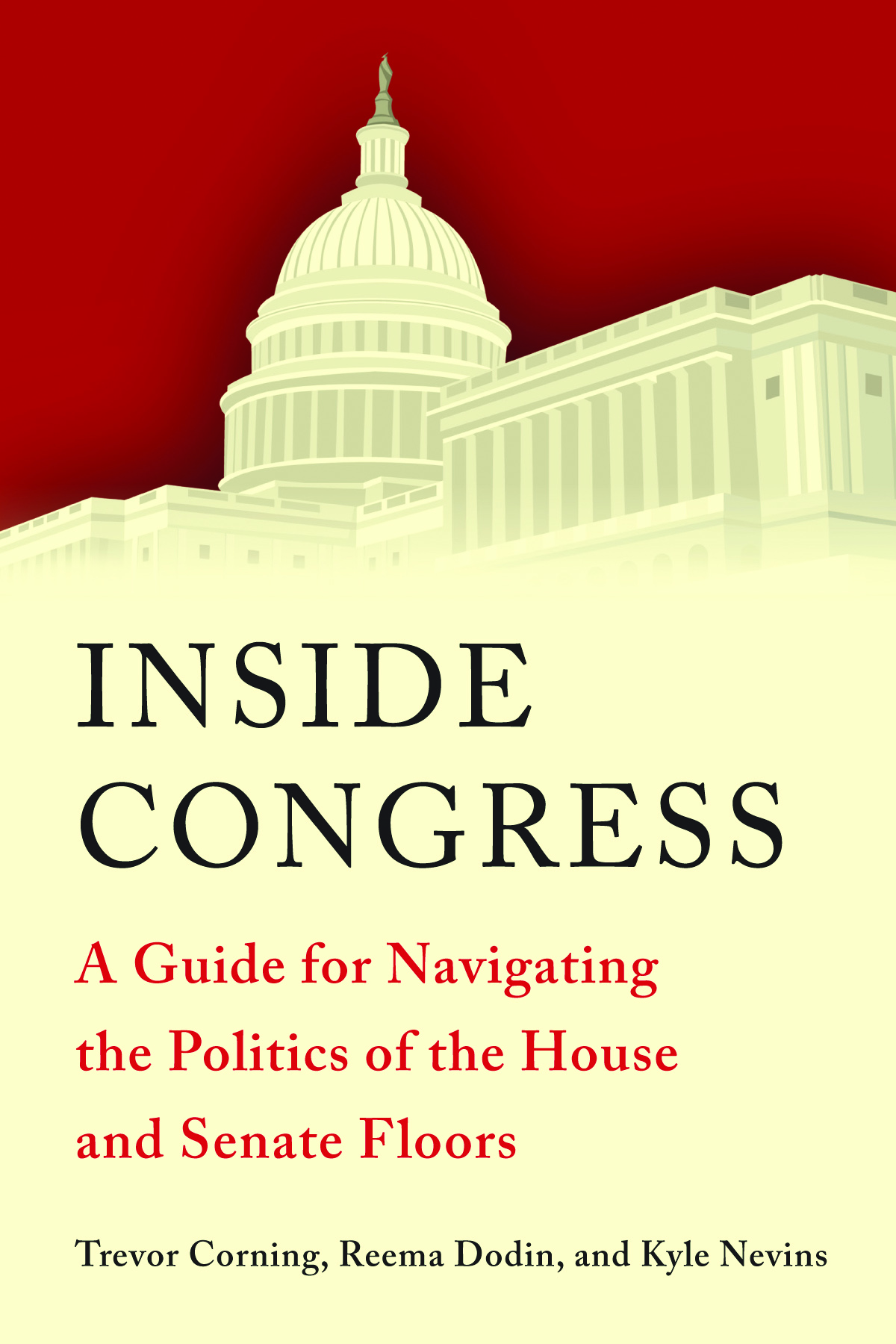President Obama wants the path to citizenship for illegal immigrants to be simple and direct. Yet the likely vehicle for any immigration reform will be the bipartisan framework produced by eight senators in January, and the path to citizenship it offers will be neither simple nor direct. The undocumented will be required, through lengthy, sometimes confusing procedures, not only to demonstrate their seriousness about becoming Americans but also to atone for having lived here illegally.
Such requirements are necessary to placate outraged Americans. But as a path to citizenship, they will be counterproductive. If anything, these requirements threaten to reinforce the ambivalence and indecision many undocumented immigrants demonstrate about remaining here. Sending them into procedural limbo is not the way to integrate them into American society. Counterintuitive though it may sound, a far better response would be to grant these immigrants status as “permanent non-citizen residents” with no option of ever naturalizing.
According to the bipartisan framework, the path to citizenship would be “contingent upon securing our borders and tracking whether legal immigrants have left the country when required.” The latter point refers to an entry-exit visa monitoring system that Congress has authorized several times but never succeeded in implementing. The former point is even more problematic, especially for immigrant-rights advocates: Border security would hinge on an ill-defined recommendation from a panel of elected and civic leaders from Southwestern border states.
Pending that recommendation, illegal immigrants would register with the government. Those passing preliminary background checks and “settling their debt to society by paying a fine and back taxes” would then be granted “probationary legal status,” allowing them to live here and work legally.
The next step would be applying for lawful permanent residency — a green card, which typically leads to eligibility for citizenship after five years. But this step could only be taken once the Southwestern commissioners certify the border as secure. At that point, individuals on probationary legal status would have to “pass an additional background check, pay taxes, learn English and civics, demonstrate a history of work in the United States, and current employment.”
Even then, none of today’s illegal immigrants could obtain a green card until all those currently waiting receive theirs. The undocumented, says the bipartisan framework, “will be required to go to the back of the line.” But his line includes about 5 million people, some of whom have been waiting 20 years for a green card.
One needn’t be a Democratic Party activist anticipating millions of new Hispanic voters to have misgivings about such a cumbersome process. Many of the immigrants who are supposed to benefit will instead get bogged down in the procedural maze. Yet there is more at work than the inevitable bureaucratic delays. Of the 2.7 million who qualified for the amnesty granted by Congress in 1986, barely 41 percent had become citizens as of 2009. After nearly a quarter century, the rest have remained permanent residents with green cards. Simply put, not all illegal immigrants are sure they want to be US citizens.
Well over half of the undocumented come from Mexico, and an additional 20 percent from Central America — close enough that many arrive here with the intention of eventually returning home. As activist lawyer Jennifer Gordon, who sought to organize undocumented day laborers, has observed, “many were ambivalent about settling in the United States,” characterizing them as “settlers in fact but sojourners in attitude.” Sociologists Richard Taub and William Julius Wilson reported similar patterns among Mexican immigrants in Chicago.
Such findings are hard to hear — and not just for immigrant-rights advocates. Americans cling tightly to the image of “huddled masses yearning to breathe free.” Yet for much of our history immigrants have often arrived intending to return home. Even though things have seldom worked out that way — yesterday or today — many continue to see themselves as sojourners in America.
Given this social reality as well as the political realities in Washington, an alternative would be to devise an easier path — not to citizenship but to “permanent non-citizen resident status.” This would have the advantage of imposing up front a clear penalty that would satisfy those Americans who want to see illegal immigrants make amends. But it would also give the undocumented what most seem to want: the ability to remain here, raise their families, and work without fear of arrest or deportation.







